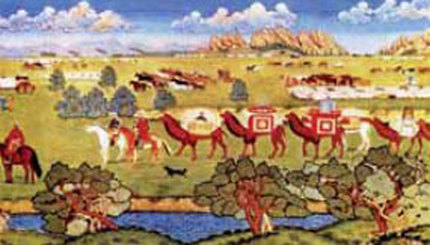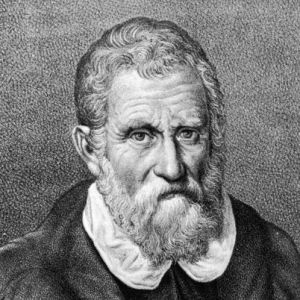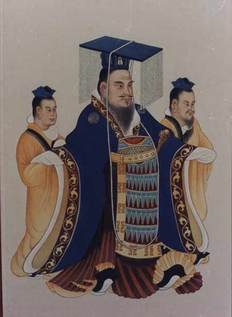Banner Image: "Shirin Examines Khusraw’s Portrait", a Persian painting from around 1500.
Economic Prosperity
"...are amply stored with merchandise imported from distant and foreign countries. From Russia and Tartary come leathers and linens, from Cathay silk stuffs that are the finest in the whole world..with balas rubies and diamonds...also pearls, lastly rhubarb with many other spiceries...From India there are brought to Samarkand the lesser spiceries, which indeed are the most costly of the kind, such as nutmegs and cloves and mace with cinnamon..."
-Clavijo, ambassador to Emperor Tiemeur


